#123 in Vietnam
Popular Bò Bía Variations

Bò Bía Mặn
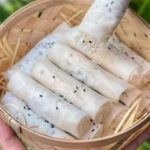
Bò Bía Ngọt
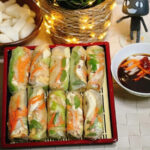
Bò Bía Chay
Bò Bía: Ingredients and Preparation
Main Ingredients
Main Cooking Method
Preparation Process
Bò Bía: A Deep Dive
Cultural Significance
Taste
Texture
Aroma
Color
Serving Style
Serving Temperature
Accompaniment
Occasions
Seasons
Special Diets
Calories
Popularity
Popular Similar Dishes
- Gỏi Cuốn
- Lumpiang Sariwa
- Poh Pia Sod
- Popiah
Popular Dining Area
Bò bía is a Vietnamese spring roll adapted from Chinese popiah, typically served as an appetizer or snack.
It features thin rice wrappers filled with julienned jicama and carrots, Chinese sausages, thin omelet slices, dried shrimps, and fresh greens like Thai basil and lettuce.
Additionally, bò bía is often served with a sweet, savory hoisin-based sauce, sometimes enhanced with crushed peanuts.
Although it contains sausages, bò bía is lighter than other rolls and is a popular choice at Vietnamese street food stands.
Not just limited to its savory version with Chinese sausage, bò bía also comes in a sweet variant, more common in Northern Vietnam, while the savory type is preferred in the South.
Now, it’s time to explore the features, key ingredients, various versions, eating places, advantages and disadvantages of bò bía, compare bò bía with gỏi cuốn, address frequently asked questions, and look at dishes similar to bò bía.
Key Points
Bò Bía Images
What Are The Main Components of Bò Bía?
Here, you can explore the three fundamental components of bò bía and their features:
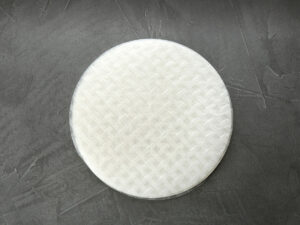
Wrapper
Rice paper or soft rice paper. Used as the wrapping material for all variations of Bò Bía.
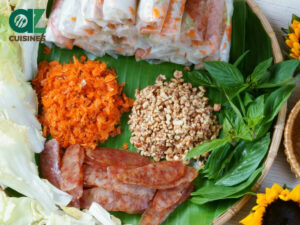
Fillings
Vegetables: jicama, carrots, lettuces, Thai basils
Proteins: Chinese sausage, dried shrimp, fried tofu (for the vegan version), eggs
For the sweet version: Malt candy, grated coconut, black sesame seeds
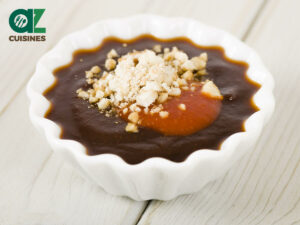
Sauce
Often served with a sriracha hoisin dipping sauce. The sauce is made by heating garlic in oil, then mixing in the hoisin sauce, water, and sugar, and finally garnished with peanuts and chili paste.
The versatility of bò bía is evident in its various ingredients, with different types of wrappers, fillings, and sauces allowing for a diverse array of bò bía variations, each with their unique flavor profiles and textures.
What Are Different Types of Bò Bía?
There are 3 main types of bò bía, each type has its unique set of ingredients and characteristics, making them distinct in flavor and texture.

Bò Bía Mặn
A fresh spring roll containing a mix of vegetables and proteins, typically served with sweet, savory hoisin-based sauce.
More popular in Southern Vietnam.
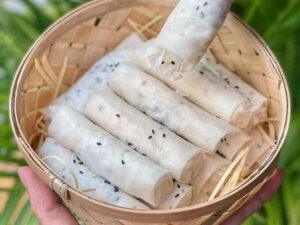
Bò Bía Ngọt
A sweet version involving rice paper wrapped around sugar candy, coconut, and sesame, known for its crunchy and sweet filling.
More popular in Northern Vietnam.
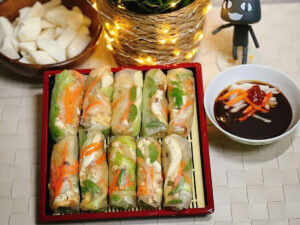
Bò Bía Chay
A vegetarian variant featuring jicama, tofu, and a range of vegetables and herbs, offering a diverse mix of flavors and textures.
To fully appreciate the diversity of these bò bía variations, exploring local Vietnamese restaurants and street food stalls can provide an authentic experience in tasting these unique rolls.
Where to Eat Bò Bía?
Let’s explore the premier bò bía locations in Ho Chi Minh City and Hanoi:
In Saigon (Ho Chi Minh City)
Bò bía chợ Tân Định (for Bò Bía Mặn)
Address: 127 Nguyễn Hữu Cầu, District 1, Ho Chi Minh City
Bò bía Sương Nguyệt Ánh (for Bò Bía Mặn)
Address: 93 Cách Mạng Tháng 8, District 1, Ho Chi Minh City
Bò bía Lý
Address: Nguyễn Văn Giai, District 1, Ho Chi Minh City
In Hanoi
Bò bía Tạ Quang Bửu (for Bò Bía Ngọt)
Address: No. 44 Tạ Quang Bửu, Hai Bà Trưng District, Hanoi
King Kong Quán (for Bò Bía Ngọt)
Address: 29 Alley 193 Phúc Lợi, Long Biên District, Hanoi
Bò Bía Ngọt Hà Nội (for Bò Bía Ngọt)
Address: 17 Alley 236/17 Khương Đình, Thanh Xuân District, Hanoi
Exploring these renowned locations in Ho Chi Minh City and Hanoi not only offers a chance to taste authentic bò bía but also provides insights into the advantages and challenges of this Vietnamese delicacy.
Pros and Cons of Eating Bò Bía
Looking at the advantages and disadvantages of bò bía:
Pros
Cons
Understanding these pros and cons of bò bía helps in drawing a comprehensive comparison with other Vietnamese rolls like gỏi cuốn, highlighting the distinct culinary nuances and preferences in Vietnamese cuisine.
Bò Bía vs. Gỏi Cuốn: How Do They Differ?
Bò bía and gỏi cuốn, both beloved staples in Vietnamese culinary tradition, exhibit notable similarities as well as unique distinctions. Presented here is an in-depth comparative analysis of these two dishes:
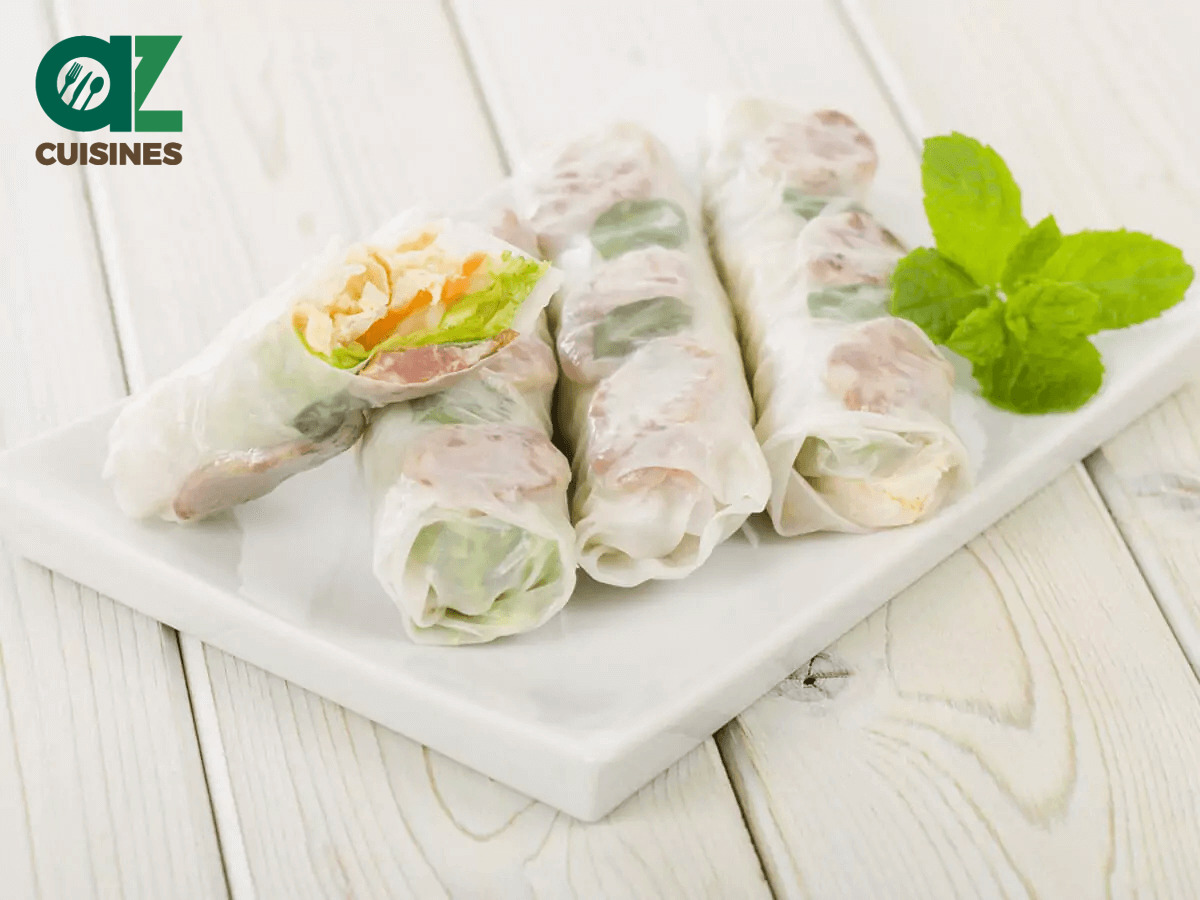
Bò bía (Vietnamese Popiah)
Origin: Vietnamese adaptation of Chinese Popiah
Main Ingredients: Jicama, carrot, sausage, dried shrimp, egg, wrapped in rice paper
Cooking Method: Fresh, not fried
Serving Temperature: Room temperature or chilled
Texture: Varied textures with a mix of savory and sweet
Dipping Sauce: Often served with a sweet and spicy sauce
Customization: Highly customizable with fillings
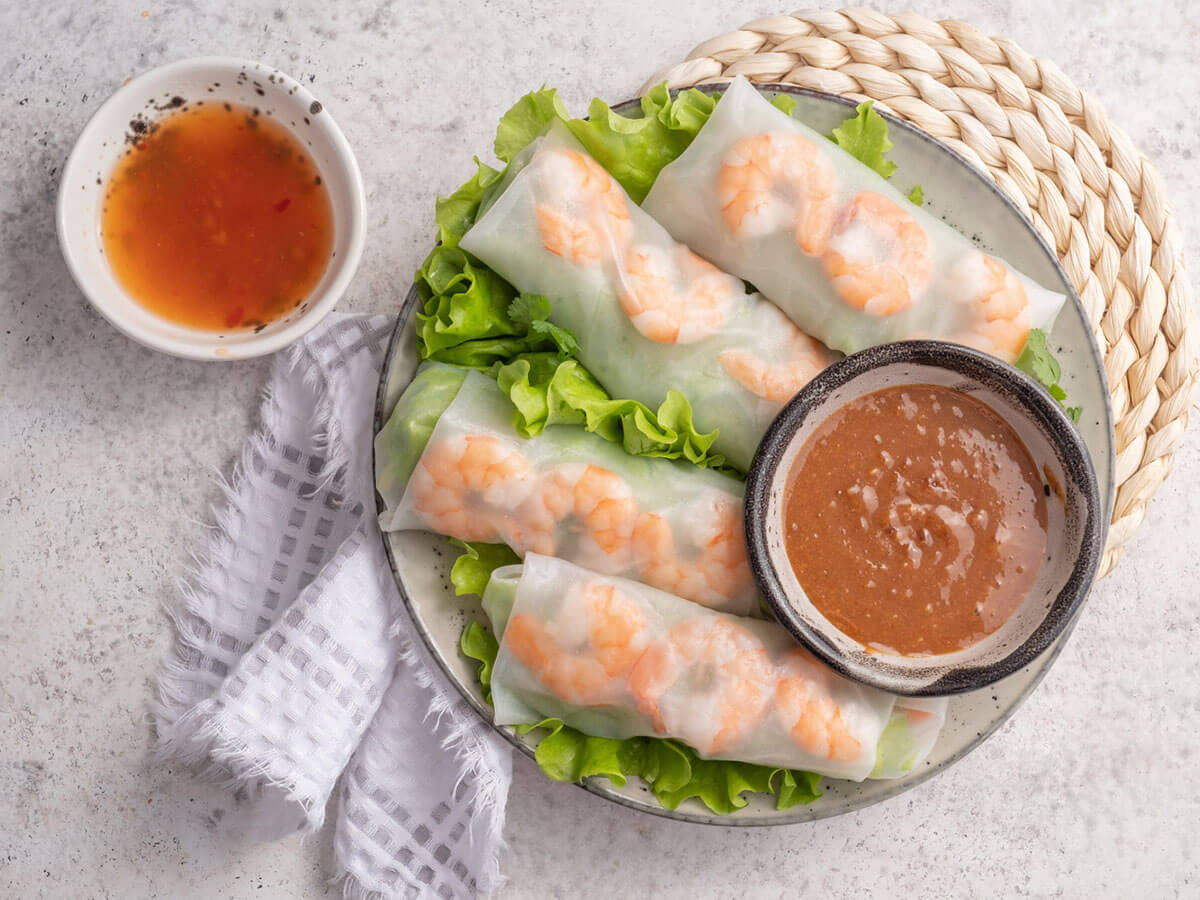
Gỏi cuốn (Vietnamese Spring Rolls)
Origin: Vietnamese cuisine
Main Ingredients: Shrimp, pork, herbs, rice vermicelli, wrapped in rice paper
Cooking Method: Fresh, not fried
Serving Temperature: Room temperature or chilled
Texture: Light, refreshing
Dipping Sauce: Hoisin sauce with peanuts or fish sauce-based dip
Customization: Highly customizable with fillings



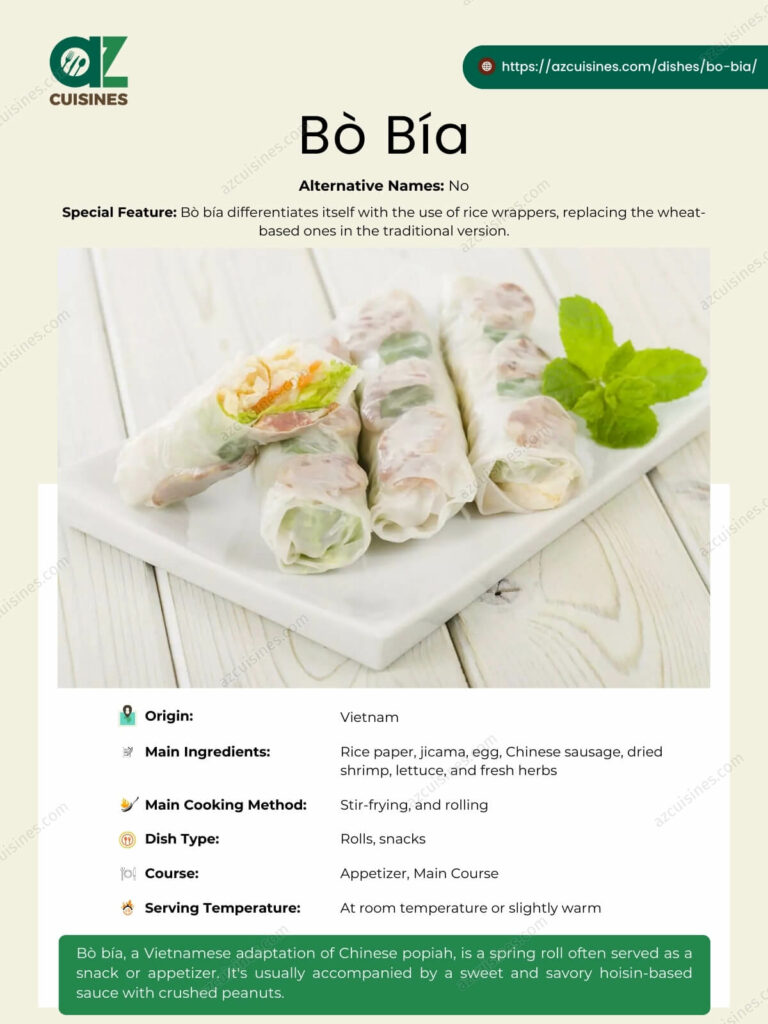

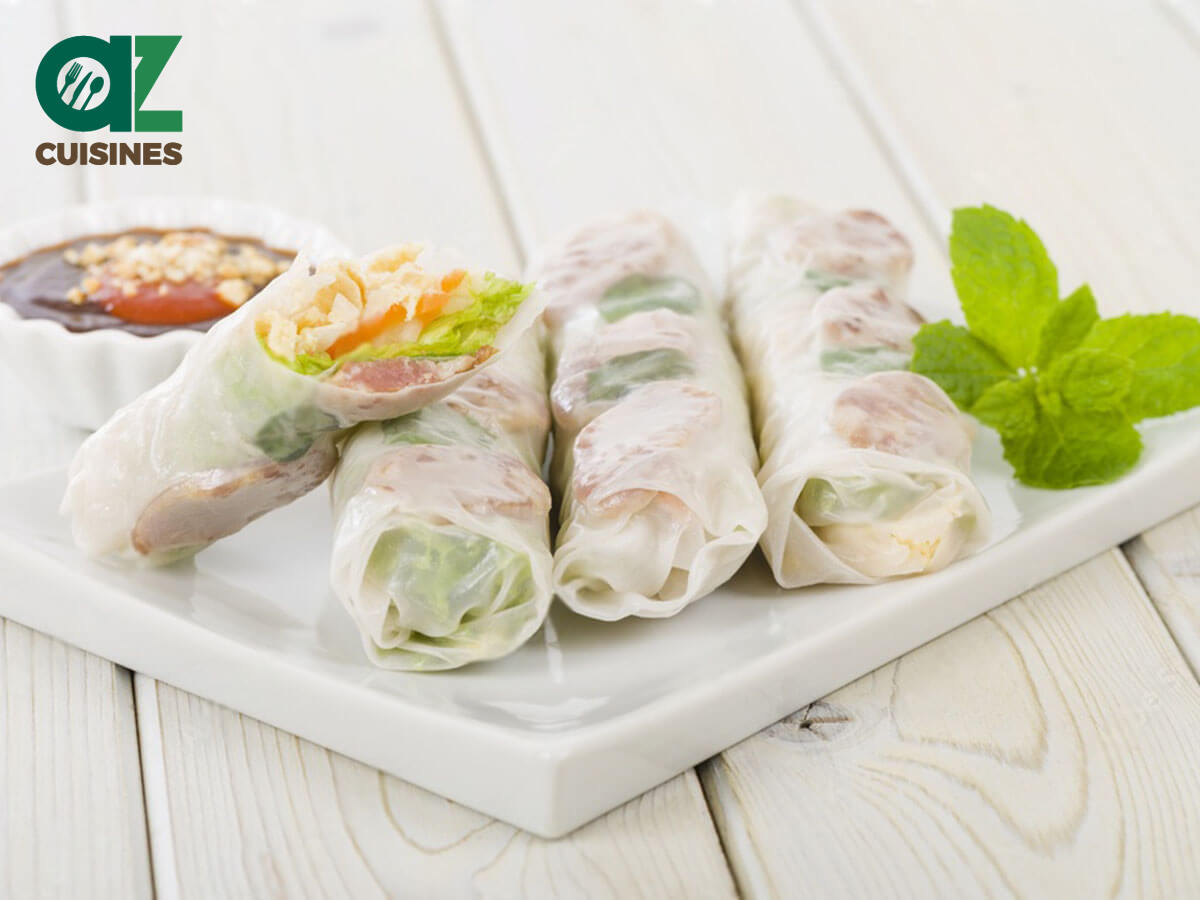


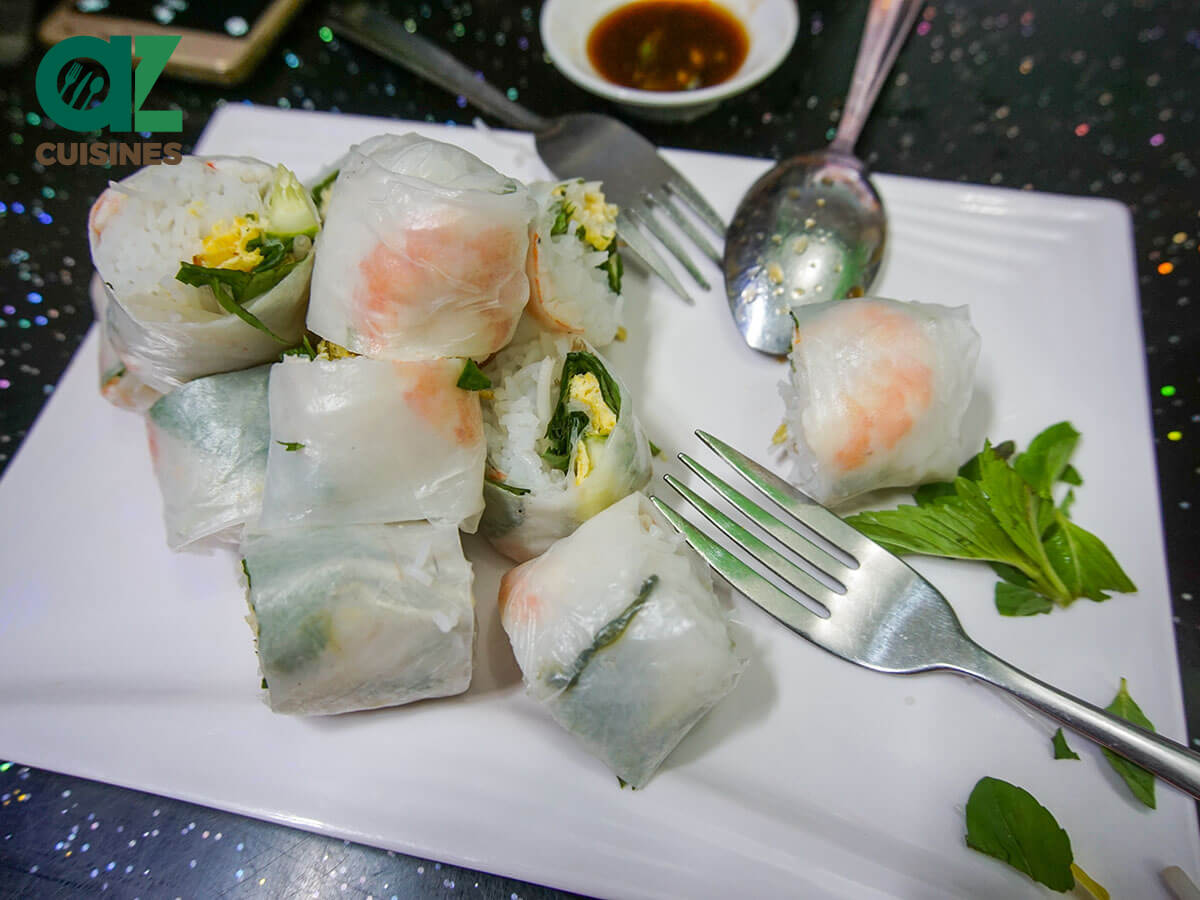
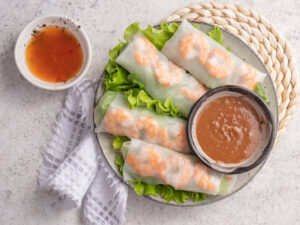
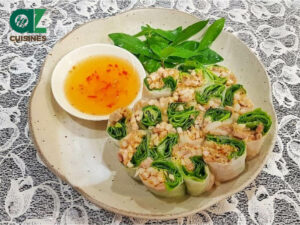
Truc Tran (Kris)
Senior Food Editor
Expertise
Home Cooking, Meal Planning, Recipe Development, Baking and Pastry, Food Editor, Cooking-video Maker, Vietnamese Food Evaluation Expert
Education
Truc Tran (Kris), an experienced food writer and editor, is great at exploring and describing global cuisines, from simple street food to fancy dining. In her writing, she skillfully mixes different flavors, cooking methods, and culinary traditions, showing the unique character of various cultures through their food and drinks. On azcuisines.com, Kris highlights her knowledge, especially in Asian cuisine and worldwide traditional dishes.